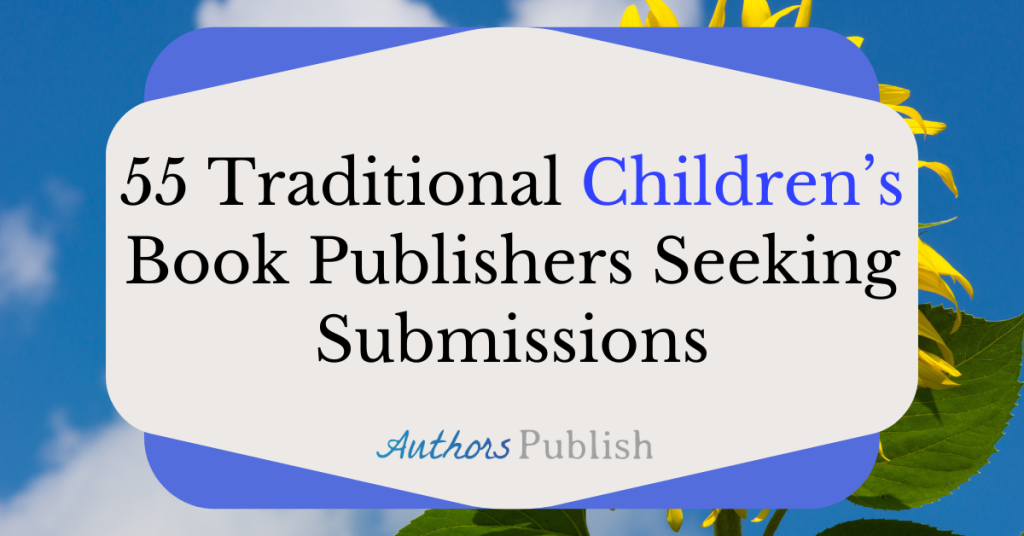By John Dorroh
One day in December while administering fall exams to my high school science students, a friend dropped by the school to leave me a gift before she traveled home for the holidays. (That was a different time, when visitors were welcomed into the schools without a pat-down.) The gift was a book that became my writer’s bible: Writing Down the Bones by Natalie Goldberg.
Although my temporary role that afternoon was proctor, I couldn’t help but open the book, do a quick flip-through, and read the first page. Just like that, I was hooked. For the rest of the day all I could think about was that book. When I finally arrived at my house, I poured a glass of wine and I was, as they say, off to the races.
One of Natalie’s mainstays was to establish solid writing practice, including a warm-up period of free-writing. One of her guidelines was to set a timer for, say 10 minutes, and write about whatever comes across your mind. She called it “first thoughts.”
“…First thoughts have tremendous energy. It is the way
the mind first flashes on something. The internal censor
usually squelches them, so we live in the realm of second
and third thoughts, thoughts on thoughts, twice and three
times removed from the direct connection of the first flash…”
I didn’t waste any time waiting to try this technique. I found a notebook that felt right (I used a notebook because I wanted to feel as connected to the paper as possible. It worked just as well with a laptop), sat down at the kitchen table, and set my kitchen timer for 10 minutes.
I told myself, as Natalie suggested, keep my hand moving, don’t edit as I write, don’t worry about spelling, don’t get too logical and think through what I’m writing, and go deep if necessary. “Go!” I told myself.
To tell you the truth, I never had a problem getting words on paper. The ten minutes flew, and after a week, I increased my time to 15 minutes. It wasn’t so much that I had a specific time limit as it was that I was writing. It became easier and soon I was pouring out chapters of proposed novels, including science fiction, teacher romance stories, and simultaneously delving into my own gut to pull up all sorts of things, some of them a bit scary.
I took this method to my classroom when the students returned from the holidays. They were already keeping classroom science journals whose topics were pre-assigned, but for fun, we started having “free-write” on Fridays. There was a bit of resistance, but overall, the students seemed to like it. They shared with me their discoveries and seemed proud that they had filled up, in many cases, more than two pages.
The plot thickens…
Because this writing practice worked so beautifully for me and my students, I continued to use it. I still do.
My writing habits allow me to work on different projects simultaneously. For example, I am writing a novel about a man, Jake, who, for years, worked as a pharmacist. His main passion was not pushing pills, however; it was cooking. Against his wife’s advice, he gave it all up, enrolled in a culinary school, thriving in that environment, and opened a downtown diner in his Southern city. Eccentric characters wandered in and out of the restaurant, often full of gossip, and always willing to share a story or two.
Before I begin working each morning, I grab a cup of coffee, set my timer for 15 minutes and start digging through my thoughts about where Jake and the characters are, where they might end up, and what new issues could be presented in the next chapter. When the timer dings, I usually have at least one solid idea to propel me into the day’s work. On top of that, I might get bogged down in the middle of a chapter. Guess what? Yep, I re-set the timer and write for 10 or 15 additional minutes to see if I can get “unstuck.” I usually do.
Another project, a travelogue, requires more research and not as many long periods of unstructured writing. In this case I use the timer to remind me that I’ve been “digging and composting” too long. It says, “Come up for air!”
Oh, did I tell you that I have a second timer? When I first sit down to write for the day, I set it for six hours. This is the total time for my work day. I don’t write for six hours at a time. That’s not how my life works. When I get up to put clothes in the drier, for example, I pause the timer and resume once I get those pesky tasks completed. If I have an extremely busy day, I reduce the number of hours to something more doable. But the point is that I’m writing!
A few words on the Pomodoro Technique…
In the 1980s Francesco Cirillo, while a student, developed a technique called the “pomodoro.” His general plan is to visualize what you want to happen for the day. Then start writing, staying totally committed and focused for each writing period.
He suggests to write for 25 minutes, uninterrupted, then take a 3-5-minute break. Repeat this cycle increasing the break time up to 30 minutes.
I tried it and I simply didn’t have that kind of focus and commitment. If it works for you, then give yourself a pat on the back and use it. But for me, there is no substitute for the simplicity of setting my good ole kitchen timer and engaging in some writing practice before I start afresh for the day.
I strongly recommend that you get a copy of Natalie’s Writing Down the Bones and a kitchen timer. Start with small steps and be persistent. Become a marathon runner. You just may be surprised what happens.
Bio: John Dorroh taught high school science for 30 years, using writing strategies to help his students understand principles and concepts. He writes poetry, short fiction, and essays. His work has appeared in Dime Show Review, Sick Lit, Eunoia Review, Suisun Valley Review, and others. He had a book of flash-fiction and a sequel (pending) published as well as a book of off-the-wall stories about colorful characters, many without a full set of teeth. He has led workshops to facilitate the use of writing techniques all over the country, and in the Netherlands.





